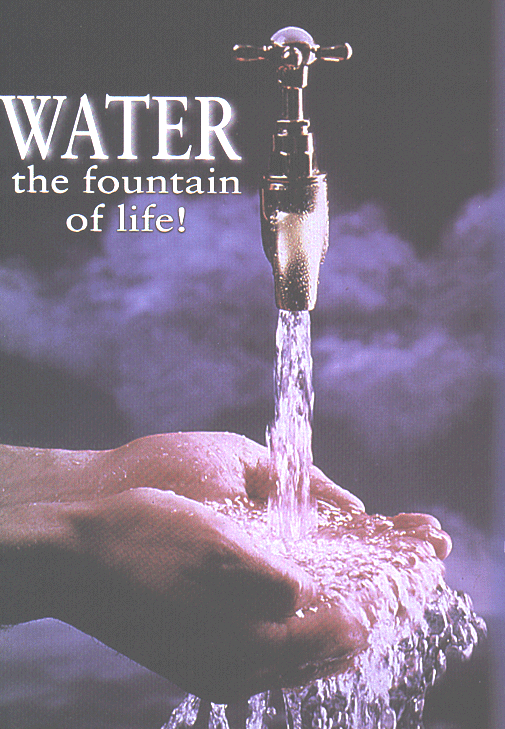

The ninth national report on drinking water The Quality of Drinking Water in Ireland - A Report for the Year 1997, with a review for the period 1995-1997, was published recently by the EPA.
The report found the overall quality of drinking water in Ireland to be satisfactory, showing over 91 per cent of public supplies and 64 per cent of group schemes to be of an acceptable standard. The group water schemes, which have been a cause of concern to the EPA in the past, are now showing a definite trend towards better quality. However, people should not be complacent because of these positive results. All concerned with public water supply should continue to maintain the present standards and those concerned with the group water schemes must also be vigilant. The contamination of the group schemes is often caused by run-off from septic tanks or agricultural slurry pits.
The 1997 surveys covered nearly 2,400 individual supplies, an increase of 38 per cent on 1996, while the number of samples analysed rose to nearly 17,700. The number of individual analyses was in excess of 101,000.
The EPA confirms that there is still a major quality deficiency in the group water sector. However, as this is being actively addressed in partnership by the Department of the Environment & Local Government, the local authorities and the National Federation of Group Water Schemes, the Agency is confident that present improvements will be greatly expanded and built upon.
Since the publication of the report on drinking water quality
in Ireland in 1997, the Minister for the Environment and Local
Government, Mr. Noel Dempsey, T.D., announced record Government
spending on rural water supplies, including a special
package of measures to tackle rural water quality problems, which
were identified in the report.
Overall capital expenditure on the rural water programme will exceed £28 million this year, an increase of £7 million over 1998. A special £3 million package has been introduced to develop solutions to water quality problems which particularly affect privately sourced group water schemes which service about 5 per cent of households in the country.